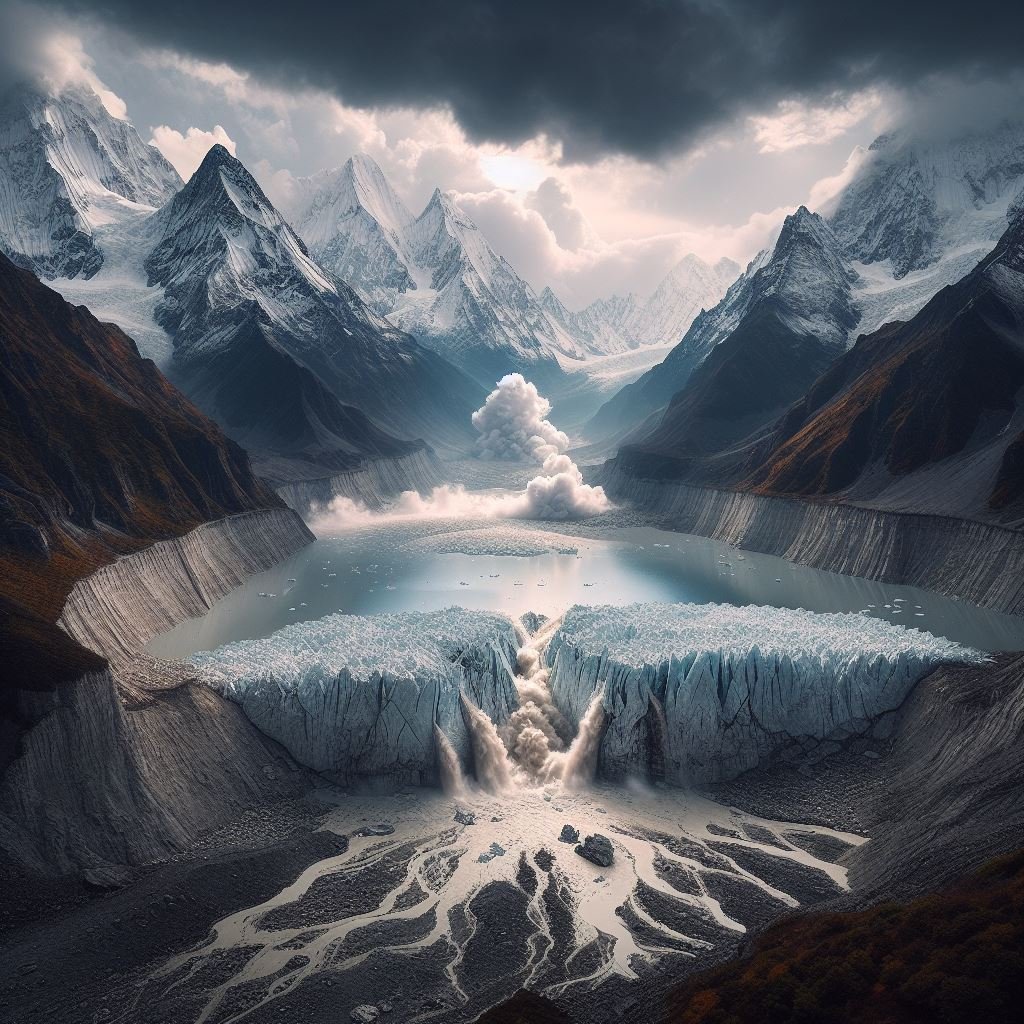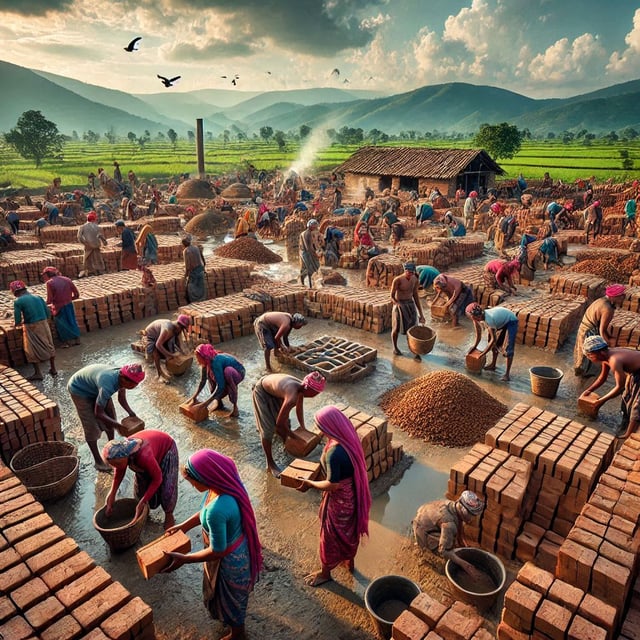Himalayan Water Crisis

There is a popular misconception in Nepal that Nepal is the second water-rich country in the world after Brazil. However, Bhutan has a far higher renewable water resource per capita than Nepal.
There are a lot of water-related myths and beliefs that have transcended into forming national perceptions.
The total capacitance of Nepalese hydropower is 83,000MW, while the total capacitance of these rivers is 72,544 MW.
The economic feasibility of hydropower is around 40,000 MW and has been the center of international politics.
The 6,000 Nepalese rivers and rivulets contribute to more than half of the water in the Ganges which is the most populated river basin in the world. The water-sharing treaties between Nepal and India have been extremely controversial.
India’s objective in the Nepalese River has been driven by irrigation and flood control while the Nepalese side has remained more interested by hydropower production.
Water politics have been greatly affected by global warming and climate change. In Nepal, there are 5,353 lakes, 20 are at risk of outburst. In the Sankhuwasabha district alone there are 10 glacial lakes out of which four are at risk of outburst.
This problem is a cross-border tension since 17 lakes in Tibet are under threat of outbursts that drain into the Arun River that flows through Nepal. Even though Nepal contributes only 0.027% of greenhouse gas, Nepal suffers directly from global warming.
On June 16, 2021, there was an assumption that there was a glacial outburst in Tibet that caused floods and landslides, in which 50 people went missing and bridges collapsed, blocking the water supply to the capital Kathmandu. This happened due to the breach of Pemdam Glacial Lake, which reveals the problem has already cost lives and property in Nepal.
The problem of climate change has created a multi-facade problem, the Himalayas are considered a natural barrier, and as a result, some regions remain extremely dry, these are better known as a rain shadow. However, due to the temperature rise, the monsoon clouds now move upwards, and are able to drizzle just 5.6 millimeters of rain for less than an hour in the traditional dry region of Nepal. Becuase of this, in August of 2023, there was a destruction of 31 structures.
As the rain pattern changes, some areas face excessive rainfall while others face prolonged droughts. In 2016, 18 households in Samjung Village shifted to Namsung Village in Mustang.
The damage to natural balance with either too much rain or too little rain has become a real threat to locals.
As the temperature rises, the moisture of the soil also depletes while there has been a rise of flash floods.
Nepal is the 13th most climate-vulnerable country in the world, temperature is rising fast in the highest altitude in the world.
After the Maldives conducted an Underwater Cabinet Meeting in October 2009 to spread awareness of global warming, Nepalese followed suit and in December of the same year, Nepal held a Cabinet meeting at the highest altitude in Kalapathar, near the Everest Base Camp.
Similarly, the Ministry of Forests and Environment of Nepal is working to constantly draw national and international attention to the crisis. The ministry conducted the Mountain Advocacy Summit in 2022, which was a 2-day program organized to bring national and international attention.
In 2022, the Sath sathai Foundation an NGO in the field of climate change, social development, and women’s empowerment led a 60 Nepali women trek between October 8 and 14 to raise climate awareness. There are clear activities done by the government as well as local non-profit organizations to spread awareness of climate change.
There is a necessity for research, documentation, and dissemination, and the global population needs to know that their actions have a dramatic impact not just in a small mountainous country but also in the most populated river basin of the world.
As developed settlements are generally in coastal areas, the rise in sea level is well discussed while the glacial lake outburst is comparatively less on the agenda.
One of the major ways to transform this problem is by investing in hydropower and replacing carbon-based energy sources with renewable energy of which Nepal also has a competitive advantage. The discussion may not be a complaint about this growing problem, but a process of solving the problem.
Author
Kripendra Amatya, Researcher, Nepa~laya Productions
Editor
Dana Moyal Kolevzon, Director of International Relations, Nepa~laya Productions
Published Date
January 1, 1970



